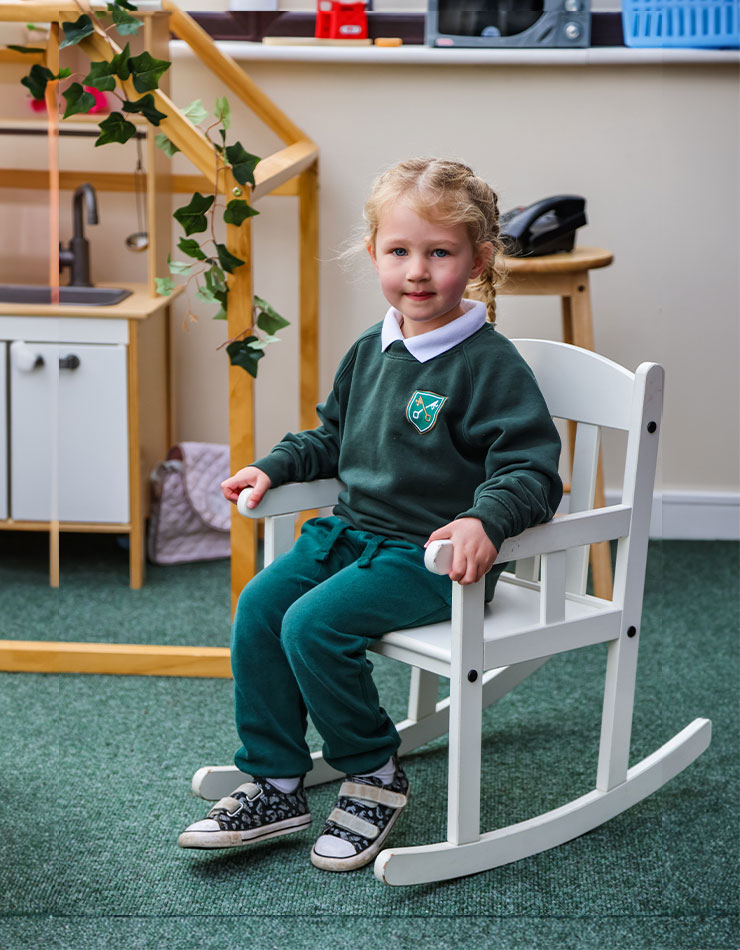The second in our series of guides to learning styles, this blog will look at everything you need to know about auditory learners, what they are and how those who learn by listening can be best supported both in the classroom and at home. Auditory learners will follow instructions best when they are explained to them, be it in video or lecture format. They will rarely struggle to focus in class thanks to their ability to comprehend words and imagining concepts or theories explained in the voices of which they heard them in will often help them to recall information. Read on to find out more about the auditory learning style and how best to accommodate your child’s learning development.
Characteristics
Auditory learners take in information most effectively when it is verbally communicated to them and thus enjoy talking and listening activities the most. Whilst they may not be able to choose the best colour co-ordinations or have an eye for visual aesthetics, the will be able to justify their decisions using words. They typically like to read, and for younger children, this can involve reading aloud, as well as listen to music. They can be easily distracted by other noises within the learning environment and will talk to themselves or those around them should they become bored by the content that is being relayed to them.
How this Type of Learning Style is Accommodated in the Classroom
Pupils at our private school in Devon with an auditory learning style are well accounted for in the classroom. Their preference for the transfer of information through listening means they are likely to understand concepts, theories and ideas that are explained through verbal means across the various fields of study. The nature of classroom learning means that discussion and debate can play a large part in the lessons of some subjects and asking questions about each topic and encouraging students to answer them will further cement this knowledge, making it easier to recall. Young children particularly benefit from rhymes, songs and jingles created on specific topics and makes it easier for them to draw upon these concepts when they are tested on the matter.
Study Tips
If you recognise the characteristics above in your own child, he or she may benefit from some study tips that allow auditory learners to flourish in an educational environment.
- Work in quiet, peaceful areas that are protected from distractions. Silent-study areas of libraries are a good place for auditory learners, as is a study in the house that avoids areas where conversation, music and television are kept a minimum. It’s recommended to scan the environment in which an auditory learner intends to study and identify any potential distractions such as windows and doors and adjust the positioning accordingly.
- When it comes to written directions for tasks, read them aloud several times before attempting to answer them. If possible, ask someone else to read them out loud so as to have two different versions of which to refer to. This is particularly important if the instructions are notably long or complicated and require simple and effective communication for a child to best understand.
- Any child receiving additional help, perhaps from a tutor or family member, should record sessions so as to refer back to learned information in its original format as and when required.
- Any visual resources provided by the teacher should be described verbally so as to better visualise exactly what information is being conveyed. Leave spaces within your notes to add extra aspects from peers or additional sources such as textbooks and read notes out loud ahead of any quiz or exam.
- There is an array of audiobooks available to download, and any that provide extra information or background to the topics being studied are beneficial. Speak to teachers to see if they have any recommendations for any topics your child finds particularly difficult or check out forums online for the highest-rated options for various fields of study.
- Encourage older siblings to help their younger brothers and sisters with homework. Not only will saying the task out loud help them to recall the information themselves and talking it through help them practise leadership and teamwork skills, but any younger auditory learners will appreciate the tasks in a verbal format.
- Many argue that talking to yourself is the first sign of madness, but in this case, it is an efficient way for auditory learners to take as much information on board as possible. Encourage children to create their own rhymes and songs and repeat them as required until they can recite them without notes.
That concludes our guide to the auditory learning style and how you, as parents, can help support this approach to education at home. If you believe your child adapts more of a visual method when it comes to learning and revising, check out our alternative blog, The Complete Guide to Visual Learners. If you’d like to discuss anything we have mentioned here with your child’s teacher, don’t hesitate to contact us today where someone will be able to put you in contact with those necessary. We hope you enjoyed the second of our learning style series and be sure to check out our third and final instalment on kinaesthetic learners.









